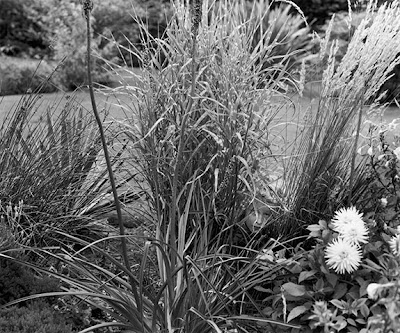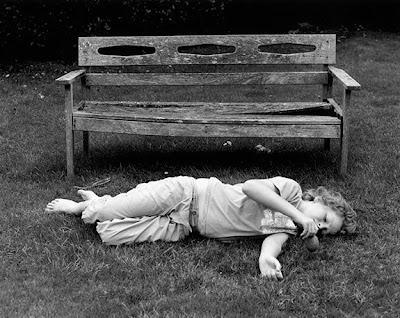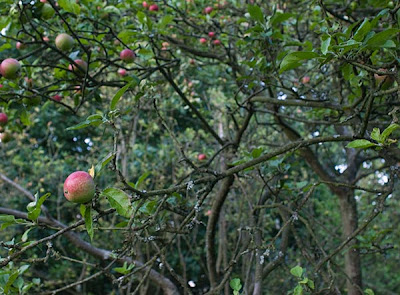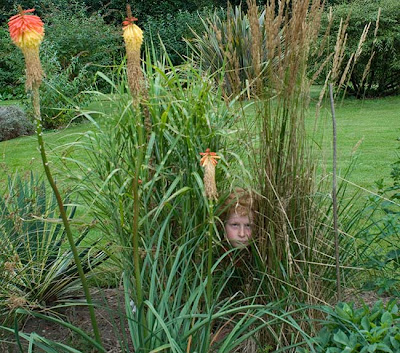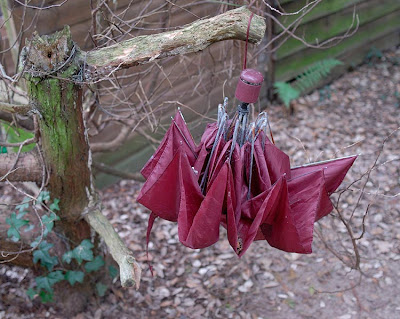Sand between the toes. The simple touch and feel of it; connections. Opening the camera back, laying out the roll, or cannister of film, easing it into place, carefully fixing over the sprockets, or winding around the backplate, until secure in place. Turn, close, click, wind, click....ready. The beauty of touch: Now I am ready.
As for the digital - It took me a morning to work out it's functions - I surprised myself at how quickly I took to it. I loved the immediacy of it, the power to see what was there on the screen, to delete, to try again. I grabbed all I could. I even dreamt about it that night. The next day, though, I was surprised that the number of photos I had taken had not exceeded what I would have taken on film. My grim 'internal editor' perhaps, overseeing the extravagance. Quite a lot of fuss really, over - when I calmed down and looked at it - not very much. And then, a feeling of emptiness, an odd feeling of nausea as if after eating too many cream cakes - a sense of having moved away in strange way, from myself.
More than that - in my enthusiasm I was in competition not only with the rational cooler self, my 'internal editor' but with another intelligence. Pitting my wits first against the camera - to master it - and then cajoling it into a kind of partnership, but still finding myself trapped into deferring to it, with it's superior knowledge.
And this without even mentioning the follow-up, the next step - the elements of air and water, the involvement of eye and limb, the broader movement, (dancing in the dark is permitted, not only metaphorically), the journey from light to dark, dark to light...compared with the clinical cheery brightness of the computer screen, with pinched eyes, fingers, neck....A toss-up, a preference...But I know where my own preference lies. Though I wouldn't do either every day, and two hours in the dark should be matched by half an hour's exercise. A rule I never actually break because I never impose it, as I clearly should.
A few days after buying my digital camera I felt like leaving it high and dry, turn my back on it. Only room for one decision-maker here, even if those decisions may be out by a fraction of a step. Never anything that could not be dealt with.
